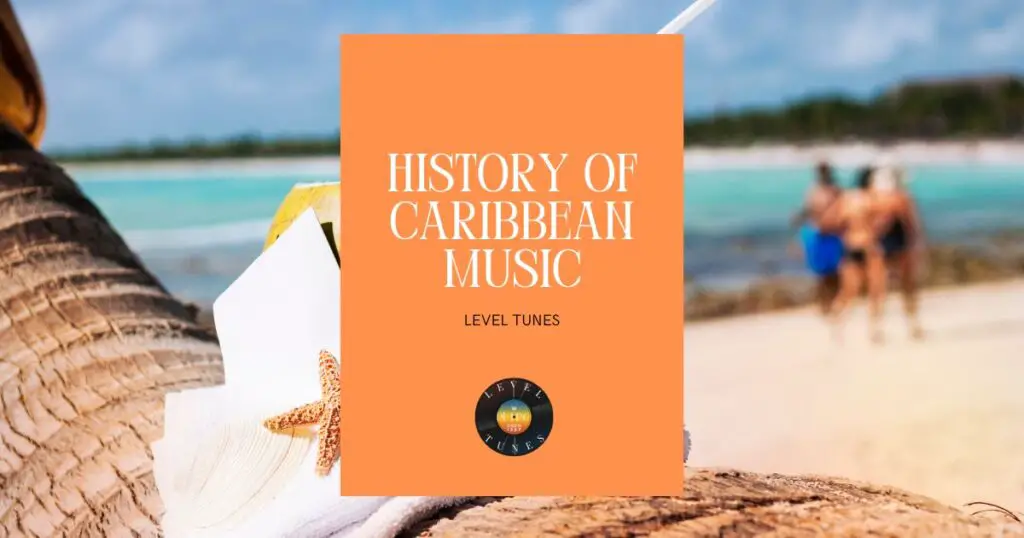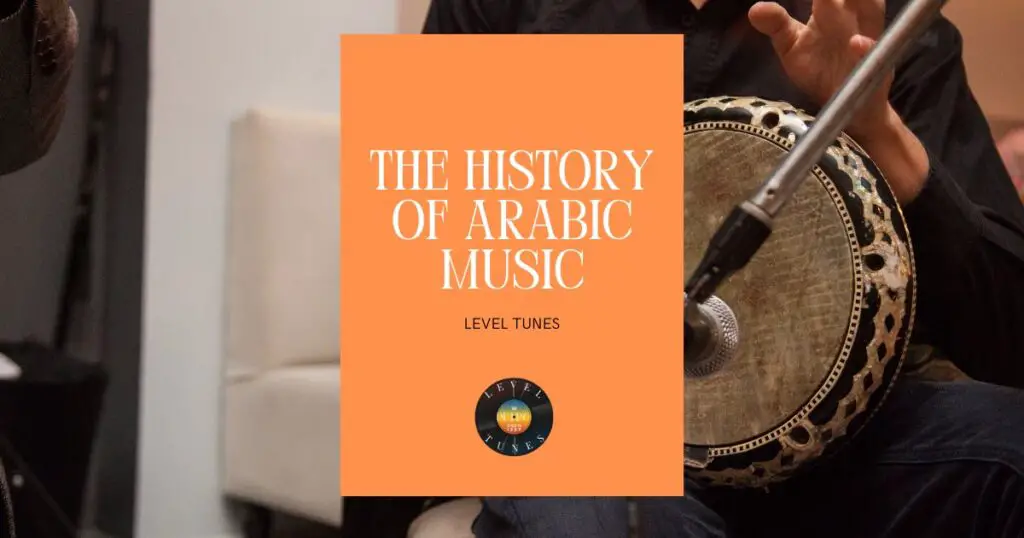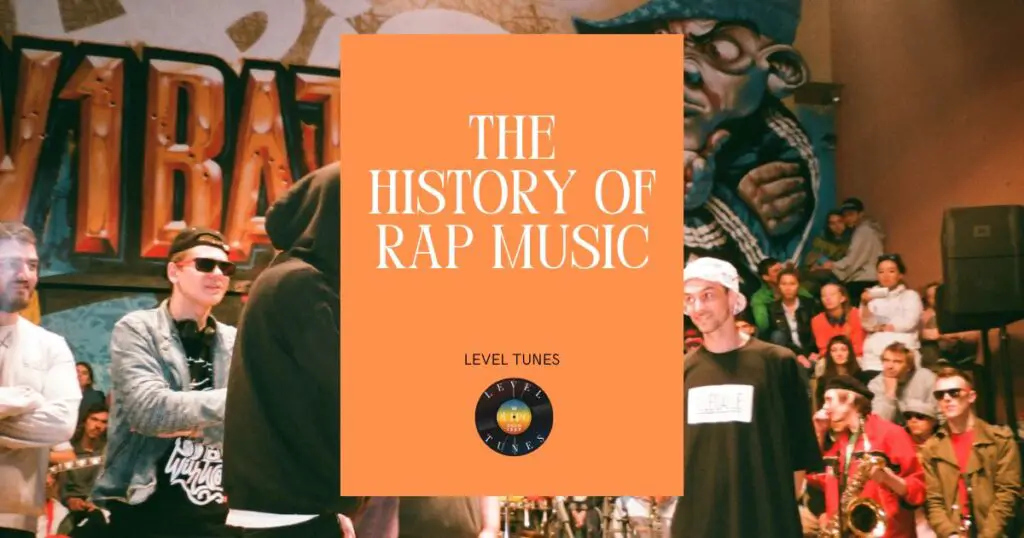The Caribbean region, home to an invigorating fusion of West African drumbeats, European influences, and Spanish sounds, has played a pivotal role in shaping the global music scene.
As you delve into the rich history of Caribbean music, you will discover how iconic genres like Calypso, Ska, Reggae and Salsa emerged from the blending of cultures brought on by slavery and colonialism.
From Bob Marley’s soulful tunes to Celia Cruz’s vibrant beats and beyond – let us embark on an unforgettable journey through time that showcases what makes Caribbean music truly unique and why it continues to captivate hearts around the world.
Quick Facts
- Caribbean music is a fusion of diverse cultures, including West African drumbeats, European influences, and Spanish sounds that emerged from the blending of cultures brought on by slavery and colonialism.
- Key genres like Calypso, Ska, Reggae, and Salsa originated in the Caribbean region. Each has its unique identity and place in global music.
- The emergence of key genres came about as a result of cultural hybridity – the blending and synchronization of different cultures brought together through African slave trade, European colonization or immigration from Asia & ME.
- Famous Caribbean musicians such as Bob Marley have left an indelible mark on the global music scene with their unique sounds and styles that continue to influence modern-day artists worldwide.
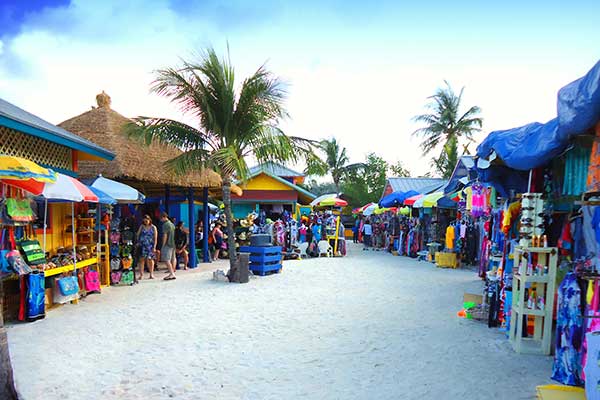
The Origins And Evolution Of Caribbean Music
Caribbean music has its roots in the indigenous music of the Caribbean islands, with influences from West African and European cultures brought over through slavery and cultural exchange, resulting in the emergence of key genres such as calypso, reggae, salsa, zouk, and kompa.
Indigenous Music Of Caribbean Islands
Delving into the rich tapestry of Caribbean music, it’s essential to acknowledge the indigenous peoples and their profound impact on what we know as Caribbean rhythms today.
The origins of many well-known Caribbean genres stem from a beautiful synthesis born out of blending African, European, Arab, Asian and Indigenous influences.
For instance, Taíno music from Puerto Rico and Arawak ceremonial songs from Guyana have contributed to the distinct flavour of Afro-Caribbean beats like Calypso.
Furthermore, unique instruments such as maracas (a Taíno word), güiros (gourds with serrated edges played by scraping), and clay drums all trace back to indigenous roots that have shaped various aspects of traditional Trinidadian Calypso music.
African And European Influences
The fascinating blend of African and European influences in Caribbean music can be traced back to historical encounters between these distinct cultures. It all began with the arrival of African slaves and European colonisers, who brought their own unique sounds and instruments to the region.
To truly appreciate the origins of AfroCaribbean music, it’s essential to delve into its diverse roots. For instance, one cannot ignore West African drumming traditions like djembe or ceremonial rhythms from Congo as they played a significant role in shaping many Caribbean styles such as calypso, reggae, and salsa.
Similarly, European elements including classical stringed instruments like violin were incorporated into traditional ensembles alongside indigenous percussion instruments such as bongos or congas which bore testament to the syncretism at play within this colourful musical landscape.
Slavery And Cultural Exchange
The transatlantic slave trade played a crucial role in the development of Caribbean music, particularly in Afro-Caribbean culture.
During this tragic period, singing became a vital form of communication for African Americans and helped preserve their rich heritage amid adversity. This method not only allowed them to cope with the harsh realities they faced daily but also paved way for future influences on reggae, calypso, and other iconic sounds originating from the region.
As these diverse cultures intertwined, so did their respective musical traditions – forging new styles such as ska or zouk that continue captivating music lovers across the globe today.
Emergence Of Key Genres
Caribbean music is a perfect example of cultural hybridity – the blending and synchronization of different cultures. The emergence of key genres in Caribbean music came about as a result.
This synthesis happened due to various factors, such as the African slave trade, European colonization, and immigration from Asia and the Middle East.
These genres have their unique identity and place in global music.
The evolution of Caribbean music has its roots in history when enslaved Africans began preserving their musical traditions by integrating them with those they encountered on Caribbean islands.
Roots reggae evolved out of this fusion into other noteworthy sub-genres like dancehall reggae, ska punk rocksteady ska-dub fusion amongst others remains an integral part of contemporary pop culture today.

Calypso And Soca Music In Trinidad And Tobago
When it comes to the history of Caribbean music, Calypso and Soca music in Trinidad and Tobago hold a special place. Originating in those two islands, these genres have become an essential part of Caribbean culture and identity.
Calypso is known for its storytelling lyrics, often with political or social commentary woven into them.
One example of the power of Calypso music is its role in Trinidadian Carnival celebrations.
In contrast, Soca has moved beyond just being party music; it has evolved into sub-genres like chutney soca- a blend of Bollywood pop songs with traditional soca beats – which is very popular among East Indians in Trinidad and Tobago.
Similarly so-called groovy soca tracks have emerged as an alternative form where the tempo is much slower but still retain all the bounce associated with traditional soca tracks.
It’s clear that both genres have evolved over time while still maintaining their cultural roots within Trinidadian society, making them an integral part of Caribbean musical heritage.

Reggae And Ska Music In Jamaica
Jamaica has given birth to some of the most iconic musical genres in the world, including reggae and ska. Ska emerged in Jamaica during the late 1950s and was heavily influenced by Caribbean mento music, as well as North American rhythm and blues.
Reggae, which is closely tied with Rastafarianism and social activism, originated in Jamaica during the late 1960s. It quickly became a dominant force not just in Jamaican music but globally as well.
Some of Jamaica’s biggest musicians rose to fame through their contributions to these genres; Bob Marley being one such example. His music transcended borders and cultures while shining a light on issues important both locally and worldwide.

Salsa And Merengue Music In Cuba And The Dominican Republic
Salsa and Merengue are two of the most popular music genres in Latin America. Cuba is known for its infectious rhythms, but it’s also worth noting that Puerto Rico and New York have strong influences too.
Salsa, in particular, originated from these three places, with each region contributing to its development.
Merengue is another dance style that has been gaining popularity across the world. This lively rhythm originated from the Dominican Republic and Puerto Rico centuries ago.
Both Salsa and Merengue are very versatile styles of music that can be enjoyed independently or fused together creatively by contemporary Latin American musicians today.
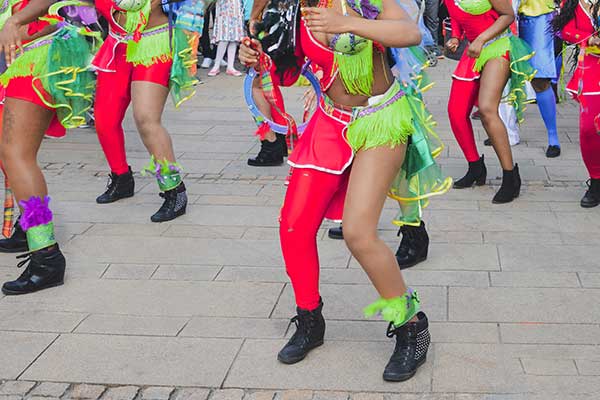
Zouk And Kompa Music In The French Caribbean
As a music lover, you will be delighted to learn about the unique musical genres that originated in the French Caribbean. Zouk and Kompa music are two styles that have gained popularity worldwide, particularly among dance enthusiasts.
Zouk features fast-paced lyrical content performed in creole language with high energy beats influenced by Caribbean culture. The genre became popularized through nightclubs and parties within France’s Antillean community during the 1970s to 1980s.
Similarly, Kompa music rose from local street parades held in Port-au-Prince and became popular throughout Haiti from the late 1950s until present day.
These influential genres have given rise to other musical forms like Cadence-Lypso or kadans from Dominica Republic which developed into new innovative ways of singing and dancing within Caribbean culture.
Famous Caribbean Musicians And Their Impact
Iconic Caribbean musicians such as Bob Marley, Celia Cruz, Tito Puente and Harry Belafonte have left an indelible mark on the global music scene with their unique sounds and styles that continue to influence modern-day artists; discover more about their impact by reading on.
Bob Marley
Bob Marley is undoubtedly the most famous and impactful export of the Caribbean. Born in Jamaica, his lifetime of creativity became the foundation of inspiration that spread messages of hope, justice, and understanding across cultures worldwide.
His contributions to music increased the visibility of Jamaican music globally and made him a global figure in popular culture.
Marley’s conscious music scintillated with clarity – it made you reflect on your life while moving your feet rhythmically to his grooves. He was an icon and music legend who transformed the world with his prophetic musical messages.
Celia Cruz
As a music lover, I can’t help but to talk about Celia Cruz – an icon in the world of Latin music. Born in Havana, Cuba, Celia Cruz rose to fame in the 1950s as a singer of guarachas, earning the nickname “La Guarachera de Cuba”.
While her early hits were based on Cuban rhythms and African beats, she quickly evolved into salsa music – a genre she helped shape with her powerful voice and Afro-Latin influences.
Her style was timeless, making her fashion as iconic as her music.
Tito Puente
Tito Puente was an influential American musician, songwriter, bandleader, and timbalero known for his significant contributions to Latin jazz music.
He played a pivotal role in the golden age of mambo alongside other notable Latin musicians like Tito Rodríguez and Pérez Prado during the 1950s. His unique style of mixing musical genres with Latin rhythms earned him recognition as a pioneer in his field.
Puente’s charismatic personality and dynamic percussion skills made him a force to be reckoned with in the entertainment industry. Some of his most notable songs include “Babarabatiri,” “Ran Kan Kan,” and “Oye Como Va.” Some may recognize these iconic tracks from their appearances in popular films like The Mambo Kings.
Harry Belafonte
As a famous American singer, actor, and activist, Harry Belafonte made an indelible mark on the history of Caribbean music. Born to Caribbean immigrants in New York City, Belafonte became associated with some of the most renowned Caribbean musicians of his time.
He played a crucial role in popularizing calypso music with international audiences in the 1950s and almost single-handedly sparked a craze for Caribbean music.
With his activism and infectious energy, Belafonte helped bring attention to important social issues while also making great music that people loved worldwide.
Buju Banton
As a music lover, you’ve probably heard of Buju Banton, one of Jamaica’s most popular musicians. His chart-topping hits “Bogle” and “Love me Browning” rocked the airwaves in 1992 and he hasn’t looked back since.
In 2009, he was convicted for conspiracy to possess with intent to distribute cocaine, and also faced backlash from the LGBTQ+ community for promoting hate speech against them through his lyrics.
However, over time he has evolved as an artist and now focuses more on social commentary in his music.

Impact Of Caribbean Music On Global Culture
As a music lover, you cannot overlook the significant impact of Caribbean music on global culture. With its diverse styles and forms developed through the influence of West African, European, Asian, and American cultures, Caribbean music has left an indelible mark across the world.
One notable example is how Caribbean music has influenced hip-hop. The style’s rhythmic beats and storytelling lyrics have been adapted by many hip-hop artists over the years.
Furthermore, commercialisation and globalisation of Caribbean music have led to broader exposure worldwide. However, this increase in popularity has come with criticism of musical exploitation akin to historical sugar plantations’ exploitation.
In conclusion, there is no denying that Caribbean music has had a significant cultural influence around the globe due to its unique blend of cultural influences throughout history.
Contemporary Caribbean Music Scene
Contemporary Caribbean music scene presents a fusion of traditional and modern styles, with emerging artists incorporating technological advancements and global influences.
Fusion Of Traditional And Modern Music
As we look at the contemporary Caribbean music scene, it’s clear that there’s been a distinct fusion of traditional and modern influences. This synthesis of different musical styles has created an exciting new soundscape that can be heard in genres such as Reggaeton and Dancehall.
One great example is the emergence of Soca music in Trinidad during the late 20th century. Lord Shorty was inspired by Calypso and East Indian rhythms to create Soca, which quickly became popular across the Caribbean Islands.
The genre represents a fusion of African and Caribbean Kaiso & Calypso, with South Asian rhythms, resulting in a unique sound that embodies both tradition and innovation.
Emergence Of New Genres And Artists
The contemporary Caribbean music scene is a testament to the evolution of music genres over time. With globalization and commercialization, new stylistic norms have emerged, leading to fusion sounds that combine traditional and modern styles.
For instance, UK grime owes its roots to Afro-Caribbean influence which played an essential role in shaping its sound. Similarly, Jamaican dancehall reggae now enjoys global mainstream success due to its incorporation of digital sounds and collaborations with international artists like Drake.
The emergence of these new genres shows how Caribbean music continues to evolve with technological advancements and global influences.
Technological And Global Influences
One of the most significant developments in Caribbean music has been the impact of digital technology and globalization.
The emergence of fusion music, which blends traditional Caribbean styles with modern genres such as hip hop and EDM, has also opened up new opportunities for cross-cultural exchange.
For example, Jamaican reggae artist Chronixx collaborated with American rapper Joey Bada$$ on “Babylon,” a track that combines reggae rhythms with boom-bap beats.
Conclusion
In conclusion, the history of Caribbean music is a rich and fascinating one that reflects the region’s diversity and cultural hybridity. From indigenous rhythms to African and European influences, Caribbean music has continued to evolve over the centuries, producing many renowned musicians who have impacted global culture.
The emergence of key genres such as reggae, calypso, salsa, and zouk has distinguished Caribbean music from other musical styles worldwide. Despite the challenges wrought by colonialism and slavery in shaping this genre’s development, it stands today as a testament to resilience and creativity.
Thanks for reading.
TBone

